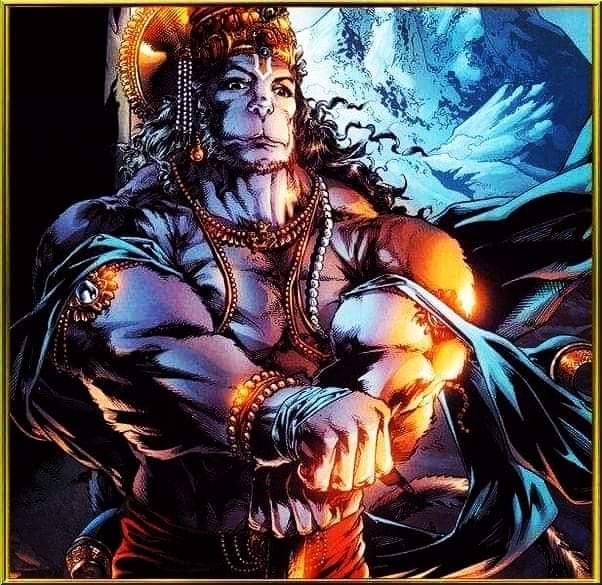Guru Nanak was a Hindu- KOENRAAD ELST
In contemporary devotional pictures and posters of Guru Nanak (1469-1539), as seen in taxis and shops, the Guru is invariably shown as wearing a pagari or turban, like his pupils (Sikh-s) today. But this is a recently-imposed convention, not followed in his own day and in subsequent centuries.
In traditional paintings, the Gurus never wore turbans, a custom that even according to Sikh teaching itself was only instituted by the tenth and last Guru, Govind Singh, in 1699. All the Gurus are typically shown as wearing a topi (Hindu-style cap) and patka (sash). We discuss one instance.
K.C. Aryan (born 11 August 1919, died 2002), a Partition refugee from West Panjab, was an accomplished painter. He founded the Museum for Tribal and Folk Art in Gurgaon, still functioning today. He saved plenty of old paintings, sculptures and other arts & crafts objects for posterity by collecting them in his museum or donating them to more established institutions.
In 1970, he presented to the publishing unit of Punjabi University Patiala a manuscript with illustrations for a book, 100 Years Survey of Panjab Painting (1841-1941). It was eventually published by the PUP in 1975, but only in mutilated form. The Senate Board of the University objected to the inclusion of one particular painting, and threatened that if it were published, the grant for the whole publishing unit would be stopped.
The contentious painting, executed by a Pahari painter in the mid-19th century (whose name, as often in folk art, remains unknown), shows a topi-wearing Guru Nanak praying to Lord Vishnu. The Board took the Sikh-separatist line that that Sikhism has nothing to do with Hinduism, and that the Gurus are above the “Brahminical” gods. It is the same line that keeps the Sikh establishment from calling their central shrine, the Hari Mandir (“Vishnu temple”), by its proper name, hiding it behind the superficial designation “Golden Temple” or the Moghul term “Darbar Sahib”.
It is also why in 1922 they threw out from the Hari Mandir the murti-s that had been worshipped there ever since Arjan Dev inaugurated it in 1604. Sikh identity as a separate religion, rather than as one of the many panth-s in the Hindu commonwealth, is based on a denial of history, and this requires a constant censoring of unwilling historical data: names changed, scriptures doctored, murti-s thrown away, the publication of a painting suppressed.
K.C. Aryan donated the painting in ca. 1982 to the Himachal State Museum in Shimla. There, it is significantly not on display but kept in storage. That is, if it has not been lost or illegally sold by some babu unconcerned with art and heritage; or somehow eliminated by one with Khalistani.leanings eager to destroy the evidence for an inconvenient fact: that Guru Nanak was every inch a Hindu.










No comments:
Post a Comment